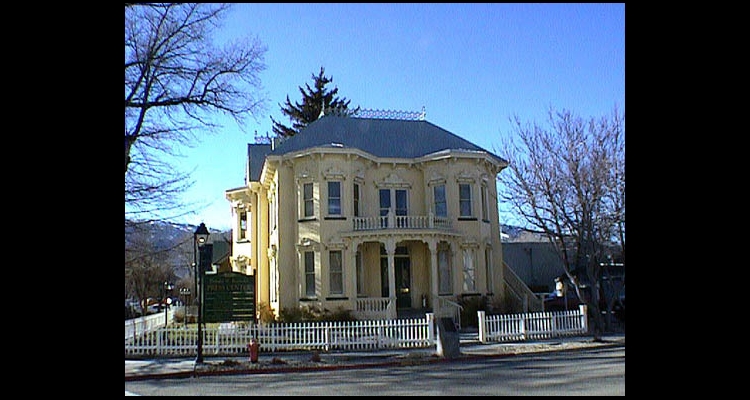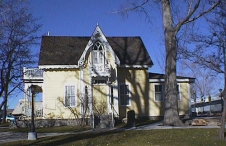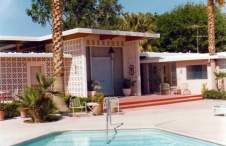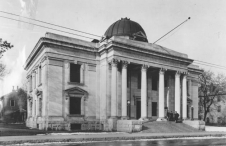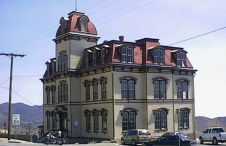Italianate Style Architecture in Nevada
The Italianate style drew its inspiration from informal Italian villas. It began in England as part of the Picturesque movement, which was a reaction to the formal classical ideals in art and architecture. In America, the style was popularized by architectural pattern books.
Designers in the Italianate style emphasized height with tall massing, windows, and doorways. This resulted in rooms with high ceilings, conforming to the fashion but also providing what people considered a hygienic circulation of air. Elaborate bracketed cornices, window and door treatments, and other details made for a "fussy" appearance that suited the Victorian era.
The Italianate style dominates Nevada's nineteenth-century building stock. The state's explosive growth during the 1860s and 1870s corresponded to the period of the style's greatest popularity. The transcontinental railroad allowed for the transportation of mass-produced iron and wooden details that carpenters then fitted to buildings.
The Italianate style fell into disfavor by the turn of the century, yielding to the Queen Anne style, which resulted from the widespread adoption of balloon framing techniques.
Article Locations
Related Articles
Further Reading
None at this time.
